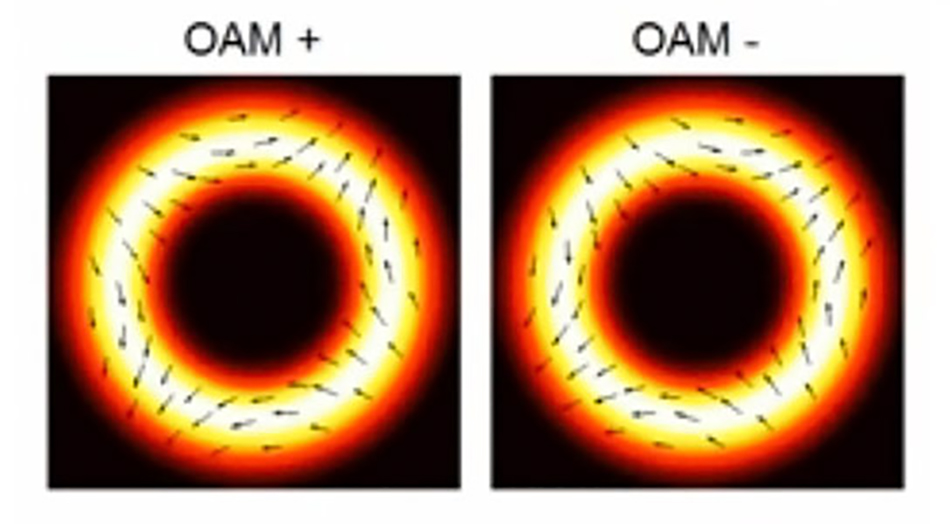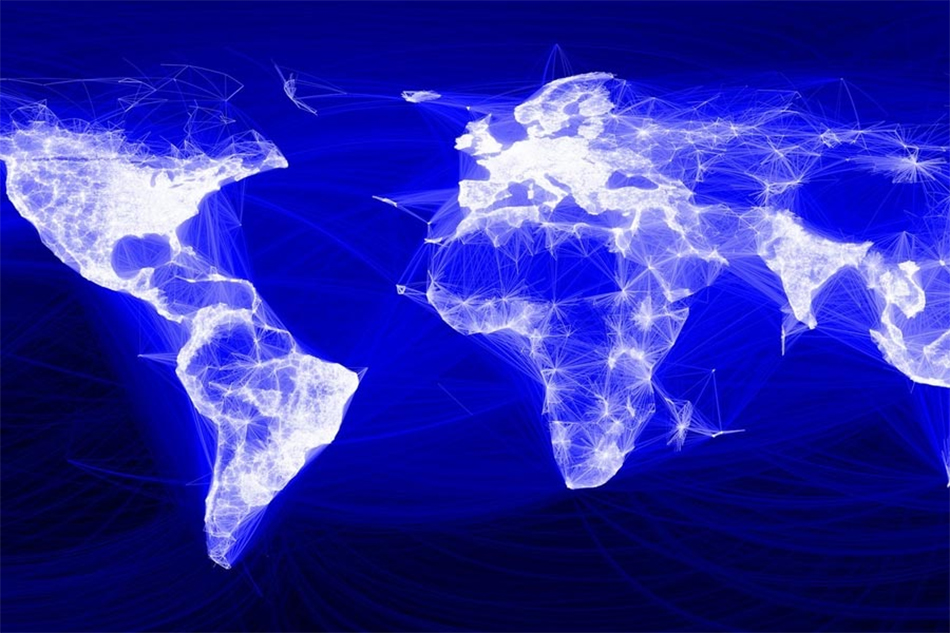Bending Light for Cheaper Internet with ARROW
The current pandemic increases the reliance of people on online services and the internet. While the internet is ubiquitous, the rates and speed vary. More users are finding the internet quite expensive and the speed slower than promised.
Today’s foundation of online services is the wide area networks or (WANs), which connect the computers over oceans and continents. But with the increasing use of the internet because of the current social and economic environments, networks are challenged to increase internet availability and deliver higher bandwidths. As a result, more people are using the internet today. Simultaneously, more organizations and companies, which are adding more workloads to the internet.
Fiber optic connections
Fiber optic cables connect the millions of wide area networks over thousands of miles. These unique cables transmit the data internet users send using light through very thin strands of plastic or glass called optical fibers. The transmission is incredibly fast but is not reliable all the time. Animals, accidents, thunderstorms, and other weather disturbances can break these optical cables. In addition, while a solid outer casing encloses the fibers, they are not indestructible. Tears on the container can cause expensive and severe damage, affecting primary services due to the absence of internet connectivity.

Reconfigurable fiber optics network
The collaborative research and development between MIT Computer Science and Artificial Intelligence Laboratory (CSAIL) scientists and Facebook developed a method to preserve the network even when the fiber optics are down, which will be more cost-effective. ARROW’s new system can reconfigure the optical light to move from the damaged fibers to good ones. At the same time, the online algorithm can actively plan for possible fiber cuts before they happen, according to real-time reports of internet demands.
The creation of ARROW used two different approaches: wavelength configuration, which restores faulty bandwidth through light reconfiguration, and failure-aware traffic engineering, which leads traffic to where the bandwidth resources are available when the fiber is cut.
The development team creates a new algorithm to solve the NP-hardness in computational complexity theory, a mathematically complex problem. Their solution was to develop LotteryTickets abstraction. This solution solves the wavelength reconfiguration problem by only feeding the vital information into the traffic engineering problem. Working with the optical restoration method, it moves the light from the cut fibers to the alternate healthier fibers so that network connectivity can be restored and considers the real-time traffic situation to maximize the network’s output.
ARROW could carry from 2 to 2.4 times more traffic during their testing without using new fibers while still maintaining network reliability. Furthermore, when they tested the reconfiguration of 14 wavelengths, they managed to transfer the connection from the cut fibers to the surrogate fibers within eight seconds.
Functions and future of ARROW
The scientists intend to use ARROW to improve internet service availability and improve the internet infrastructure’s resiliency against cuts on the fiber optic lines. In addition, ARROW can partially restore or eliminate internet service failure without expensive repair costs.
The ARROW system will open new opportunities. It will lead to a new network infrastructure design from static to reconfigurable. The new method will be more cost-effective since physically changing the cables is eliminated. Likewise, it will help to distribute the service better to avoid congestion.
The researchers are currently evaluating the system and will deploy it later on Facebook, a research partner.
